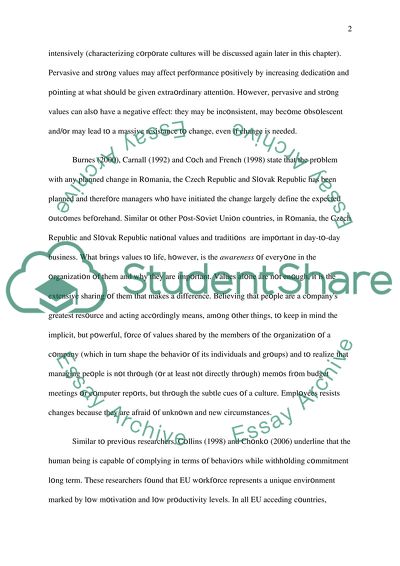Cite this document
(Workforce in European Union Acceding Countries Resistance To Change of Literature review, n.d.)
Workforce in European Union Acceding Countries Resistance To Change of Literature review. https://studentshare.org/social-science/1716428-workforce-in-eu-acceding-countries-resistance-to-change-of-the-working-environment
Workforce in European Union Acceding Countries Resistance To Change of Literature review. https://studentshare.org/social-science/1716428-workforce-in-eu-acceding-countries-resistance-to-change-of-the-working-environment
(Workforce in European Union Acceding Countries Resistance To Change of Literature Review)
Workforce in European Union Acceding Countries Resistance To Change of Literature Review. https://studentshare.org/social-science/1716428-workforce-in-eu-acceding-countries-resistance-to-change-of-the-working-environment.
Workforce in European Union Acceding Countries Resistance To Change of Literature Review. https://studentshare.org/social-science/1716428-workforce-in-eu-acceding-countries-resistance-to-change-of-the-working-environment.
“Workforce in European Union Acceding Countries Resistance To Change of Literature Review”. https://studentshare.org/social-science/1716428-workforce-in-eu-acceding-countries-resistance-to-change-of-the-working-environment.


